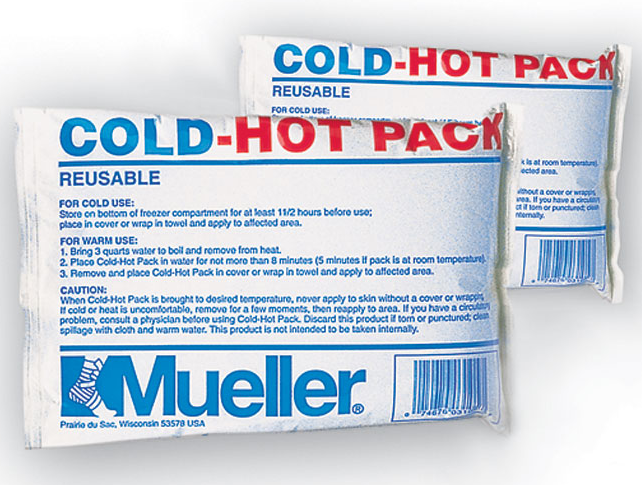Should I use HEAT or ICE after an injury??
Should I use ICE or HEAT following an injury?

This is a question I often get asked from patients in the clinic. It seems there is a lot of confusion and possible misinformation out there about this very question. In order to answer this question correctly we need to know a bit more information about the type of injury that has occurred.
The first thing we need to identify is whether the injury is acute e.g. a sprained ankle or chronic e.g. constant lower back pain.
Acute injuries are sudden, sharp, traumatic injuries that occur immediately causing pain. Most often acute injuries result from some sort of impact or trauma such as a fall, sprain, or collision. Acute injuries have common signs and symptoms such as pain, tenderness, redness, skin that is warm to the touch, swelling and inflammation. In this case icing the injury for a period of 15-20 minutes every 2-3 hours over the first 2-3 days is most effective. R.I.C.E is a useful acronym to use in this case. Rest, Ice, Compression, Elevation. Ideally if you have a cold pack or frozen bag of vegetables wrap this in a tea towel and place around the injured area. Do not apply the icepack directly onto the skin as this can cause an ice burn. Studies have shown that ice packs are the best treatment for acute injuries as it helps to reduce pain and control swelling. Physiologically icing the area causes vasoconstriction (narrowing of the blood vessels) and limits internal bleeding at the injury site.
Heat is generally used for chronic injuries as they generally have no inflammation or swelling. This type of injury can be slow to develop and may cause dull pain or soreness. They are often the result of overuse or repetitive movement patterns, but sometimes develop when an acute injury is not properly treated and has not had a chance to heal within the usual timeframes. For this type of injury heat is better used. Sore, stiff, nagging muscle or joint pain is ideal for the use of heat therapy as heat increases the circulation to the area by allowing vasodilation (widening of blood vessels) making stiff joints and tight muscles more flexible and compliant. Athletes with chronic pain or injuries may use heat therapy before exercise to increase the elasticity of joint connective tissues and to stimulate blood flow. Safely apply heat to the injured area 15 to 20 minutes at a time and use enough layers between your skin and the heating source to prevent burns. Moist heat is best, so you could try using a hot wet towel. Sometimes in the presence of chronic pain, you may have an acute inflammation at the site after a workout or over-activity. In this case, do not use heat, use ice on the site for a few days, as described above.
Some injuries can be serious, therefore try to get your injuries assessed by a physiotherapist as early as possible. This way the best advice and correct treatment can be provided to help you recover as quick as possible.
Blog Post compiled by Alexandra McIntosh – Physiotherapist at Total Physiocare
